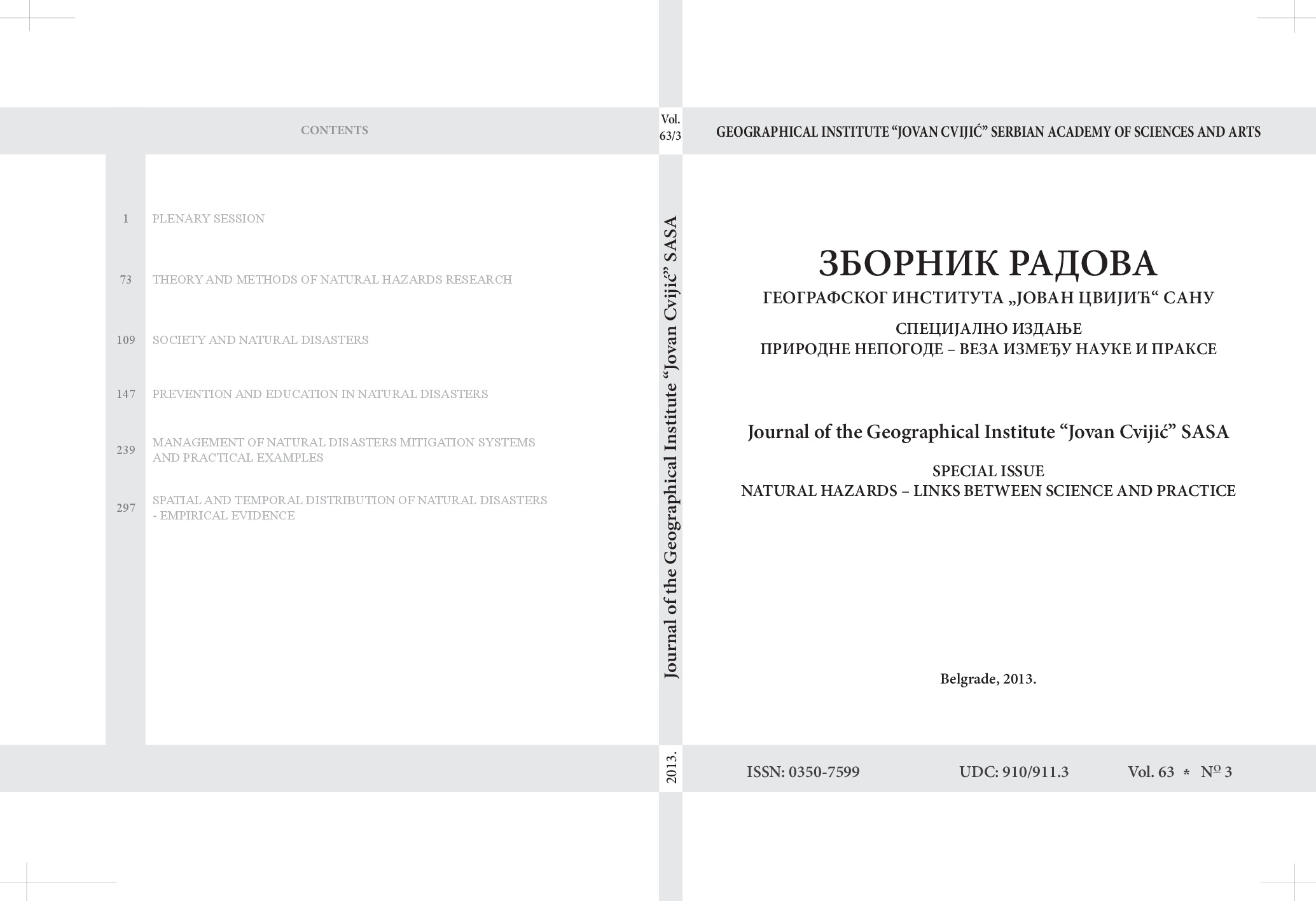Hiking Tourism Development In Protected Areas And Nature Hazard Prevention In The Lake Baikal Natural Territory
Hiking Tourism Development In Protected Areas And Nature Hazard Prevention In The Lake Baikal Natural Territory
Author(s): Natalia LuzhkovaSubject(s): Education, Geography, Regional studies, Present Times (2010 - today), Tourism
Published by: Географски институт »Јован Цвијић« САНУ
Keywords: educational tourism; Zapovednik; natural disasters;
Summary/Abstract: Since 2010, recreational development has been permitted in strict nature reserves (zapovedniks in Russia), the most highly protected category of Russian Federal Protected Areas. As zapovedniks comply with the 1b IUCN category for wilderness preservation, human activities within the reserves have been limited and, consequently, there has been little research on the natural hazard impact for tourism. The type of recreational use permitted in the territories and their buffer zones is called Educational Tourism. It is identified as “as a specialized type of ecological tourism where the main goal is an introduction to natural and cultural attractions”. Hiking is seen as one of these suitable types of tourism within the territories of zapovedniks, due to its low impact on natural features. As hiking trails are laid through natural landscapes, it is possible that natural disasters can both damage the infrastructure and cause fatal injuries for visitors. During the planning stages of trail construction, natural hazard monitoring should be conducted. Baikalskii Nature Biosphere Zapovednik in the Lake Baikal region is used as a model territory where scientific research and engineering are employed to better develop hiking tourism. Along with the monitoring of natural processes, several scenarios for trail planning, construction, and maintenance are being analyzed under the threat of mud slides, avalanches and floods.
Journal: Зборник радова Географског института "Јован Цвијић" САНУ
- Issue Year: 63/2013
- Issue No: 3
- Page Range: 165-174
- Page Count: 10
- Language: English

